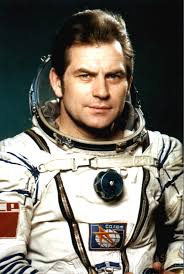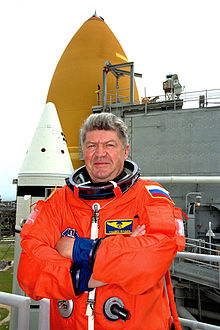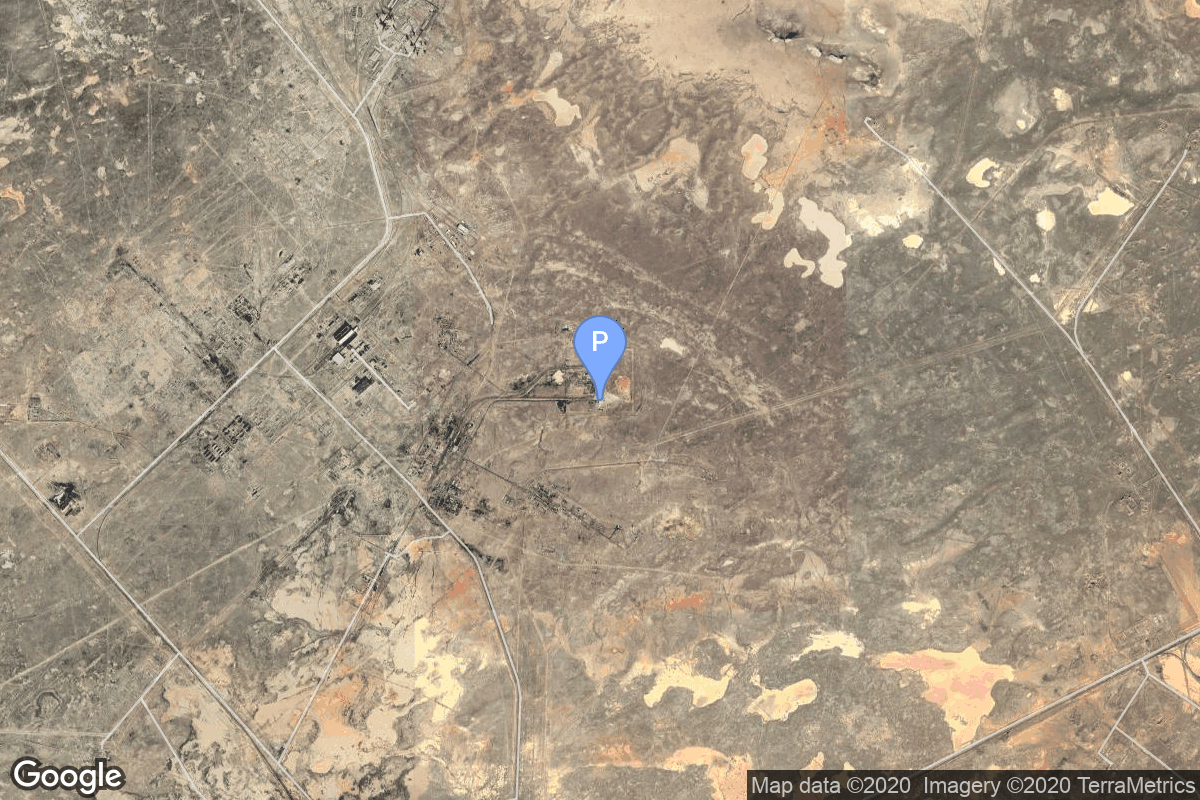Soyuz 25
Soyuz U
Soviet Space Program
Crew

Vladimir Kovalyonok
- Birthday: 03/03/1943
- Role: Commander
- Nationality: Russian
- First Flight: 10/09/1977
- Last Flight: 03/12/1981
Vladimir Vasiliyevich Kovalyonok (Belarusian: Уладзі́мір Васі́льевіч Кавалёнак; Russian: Влади́мир Васи́льевич Ковалёнок; born March 3, 1942 in Beloye, Minsk Oblast, Belorussian SSR, is a retired Soviet cosmonaut.
He entered the Soviet space programme on July 5, 1967 and was commander of three missions. He retired from the cosmonaut team on June 23, 1984.

Valery Ryumin
- Birthday: 08/16/1939
- Role: Flight Engineer
- Nationality: Russian
- First Flight: 10/09/1977
- Last Flight: 06/02/1998
Valery Victorovich Ryumin (born August 16, 1939 in Komsomolsk-on-Amur) is a former Soviet cosmonaut.
In 1973, he joined the RSC Energia cosmonaut corps. A veteran of three space flights, Ryumin has logged a total of 362 days in space. In 1977, he spent 2 days aboard Soyuz-25, in 1979, he spent 175 days aboard Soyuz vehicles and the Salyut-6 space station, and in 1980, he spent 185 days aboard Soyuz vehicles and the Salyut-6 space station.
In January 1998, NASA announced Ryumin’s selection to the crew of STS-91. Ryumin served aboard STS-91 Discovery (June 2–12, 1998) the 9th and final Shuttle-Mir docking mission, concluding the joint U.S./Russian Phase I Program. The STS-91 mission was accomplished in 154 Earth orbits, traveling 3.8 million miles in 235 hours and 54 seconds.
Mission
Soyuz 25
- Type: Human Exploration
- Orbit: Low Earth Orbit
Soyuz 25 was meant to be the first crewed flight to the new Salyut 6 space station. The mission began on October 9, 1977, 02:40:35 UTC, launching Commander Vladimir Kovalyonok and Flight Engineer Valery Rumin into orbit. However, they failed to dock with the station despite five attempts, and had to abort the mission.
The mission concluded with a safe landing back on Earth on October 11, 1977, 03:25:20 UTC.
Location
Rocket
Agency
Soviet Space Program
The Soviet space program, was the national space program of the Union of Soviet Socialist Republics (USSR) actived from 1930s until disintegration of the Soviet Union in 1991.
The Soviet Union’s space program was mainly based on the cosmonautic exploration of space and the development of the expandable launch vehicles, which had been split between many design bureaus competing against each other. Over its 60-years of history, the Russian program was responsible for a number of pioneering feats and accomplishments in the human space flight, including the first intercontinental ballistic missile (R-7), first satellite (Sputnik 1), first animal in Earth orbit (the dog Laika on Sputnik 2), first human in space and Earth orbit (cosmonaut Yuri Gagarin on Vostok 1), first woman in space and Earth orbit (cosmonaut Valentina Tereshkova on Vostok 6), first spacewalk (cosmonaut Alexei Leonov on Voskhod 2), first Moon impact (Luna 2), first image of the far side of the Moon (Luna 3) and unmanned lunar soft landing (Luna 9), first space rover (Lunokhod 1), first sample of lunar soil automatically extracted and brought to Earth (Luna 16), and first space station (Salyut 1). Further notable records included the first interplanetary probes: Venera 1 and Mars 1 to fly by Venus and Mars, respectively, Venera 3 and Mars 2 to impact the respective planet surface, and Venera 7 and Mars 3 to make soft landings on these planets.


